2017 Mazda CX-5 Revealed With Diesel Powerplant On The Way

A sharper design, a flashy paint job and a whole new engine sum up the new 2017 Mazda CX-5, which was revealed a day before the official start to the 2016 LA Auto Show.
Let’s get the big news out of the way first. Mazda is finally making good on its promise to bring a diesel powered vehicle to the US. The timing is certainly interesting, as VW is reeling from its own diesel scandal, so other automakers including Mazda are pouncing to gobble up that diesel market.
While exact availability of the diesel engine is yet to be revealed, the 2017 CX-5 is also arriving with the familiar 2.0-liter and 2.5-liter four-cylinder gasoline engines. Mated to these is the usual choices of transmissions and drive configurations, meaning front-wheel drive or all-wheel drive, and a six-speed automatic transmission on everything except the most basic front-wheel drive models, which will be offered with a manual shifter as well.
See Also: Mazda Will Use its Engines to Make its Cars Handle Better
Another addition to the mechanics of the 2017 CX-5 is the new G-Vectoring Control system, which uses subtle engine braking to enhance handling. We experienced this technology first hand a few months ago and the system is now being rolled out to 2017 model year vehicles like the new Mazda3 and the new Mazda6.
Then there’s the subtle tweaks that Mazda has made to the design of the car. A different stance and posture is achieved by moving the A-pillars back. The tires on the CX-5 are also wider by 10 mm. The car features a new front end with a 3D patterned mesh on the grille and the headlights seem to be placed lower as well. As a result the car looks like a baby CX-9.
To emphasize the updated look, the CX-5 arrives with a new paint finish called Soul Red Crystal. Mazda says that the new color is an advanced version of the old Soul Red and balances the vibrant energy and vividness with clear depth and gloss. This is the first car in Mazda’s lineup to sport the new paint and it will eventually be rolled out to existing and future cars.
Inside, the car gets a revised layout, with buttons and knobs moving slightly so they’re more accessible to drivers. The redesigned A-pillars allow for greater visibility and there are smaller side view mirrors as a result. There’s also a lower beltline in the rear and the rear window now features a single pane of glass, designed to aid with visibility as well.
Mazda is also introducing a new two-step reclining mechanism on the rear seats, which should help make the CX-5 more attractive to those with families.
SEE ALSO: 2017 Mazda3 Review
Like the rest of the Mazda lineup, the infotainment display has been moved to the top of the dash, and the car is available with a number of safety features including radar cruise control, traffic sign recognition and a head-up display.
Pricing is yet to be announced on the 2017 Mazda CX-5, but the crossover launches in Japan this February, with other markets around the world to follow.

Sami has an unquenchable thirst for car knowledge and has been at AutoGuide for the past six years. He has a degree in journalism and media studies from the University of Guelph-Humber in Toronto and has won multiple journalism awards from the Automotive Journalist Association of Canada. Sami is also on the jury for the World Car Awards.
More by Sami Haj-Assaad



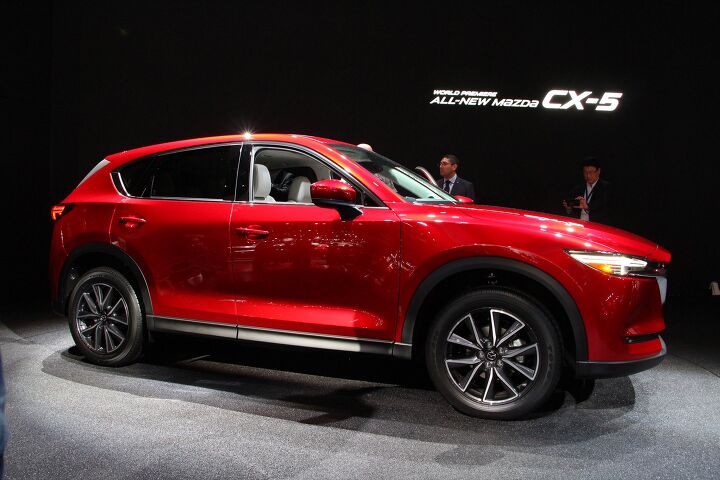
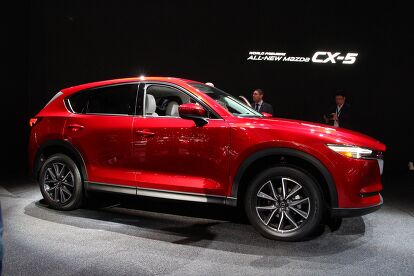




















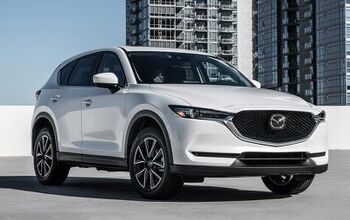





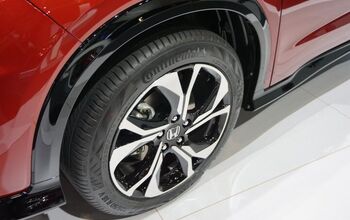
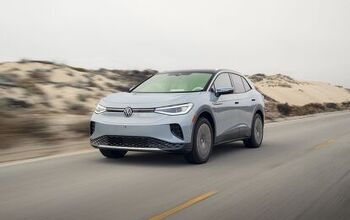
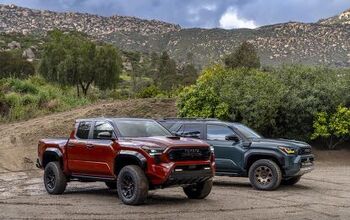
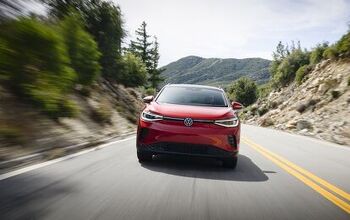
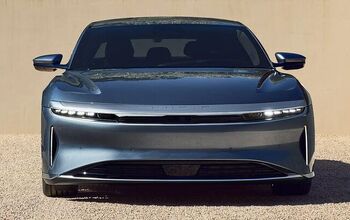
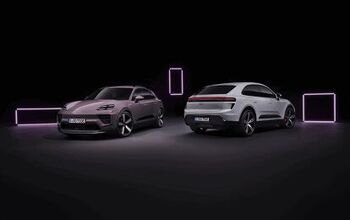

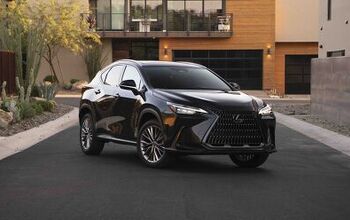
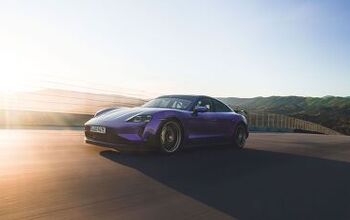
Comments
Join the conversation
Based on the title of this article, I kinda expected it to be about the diesel engine. Just click bait I guess. Boooo!
"so other automakers including Mazda are pouncing to gobble up that diesel market" What diesel market? Oh, the one automakers are trying to create here in N. America. What a waste of resources, seriously. We need to be moving away from fossil fuels, this is attempted money grab pure and simple. The focus should be on developing hybrids and pure electric vehicles to make them more affordable etc. They're much more efficient and offer better performance anyways.